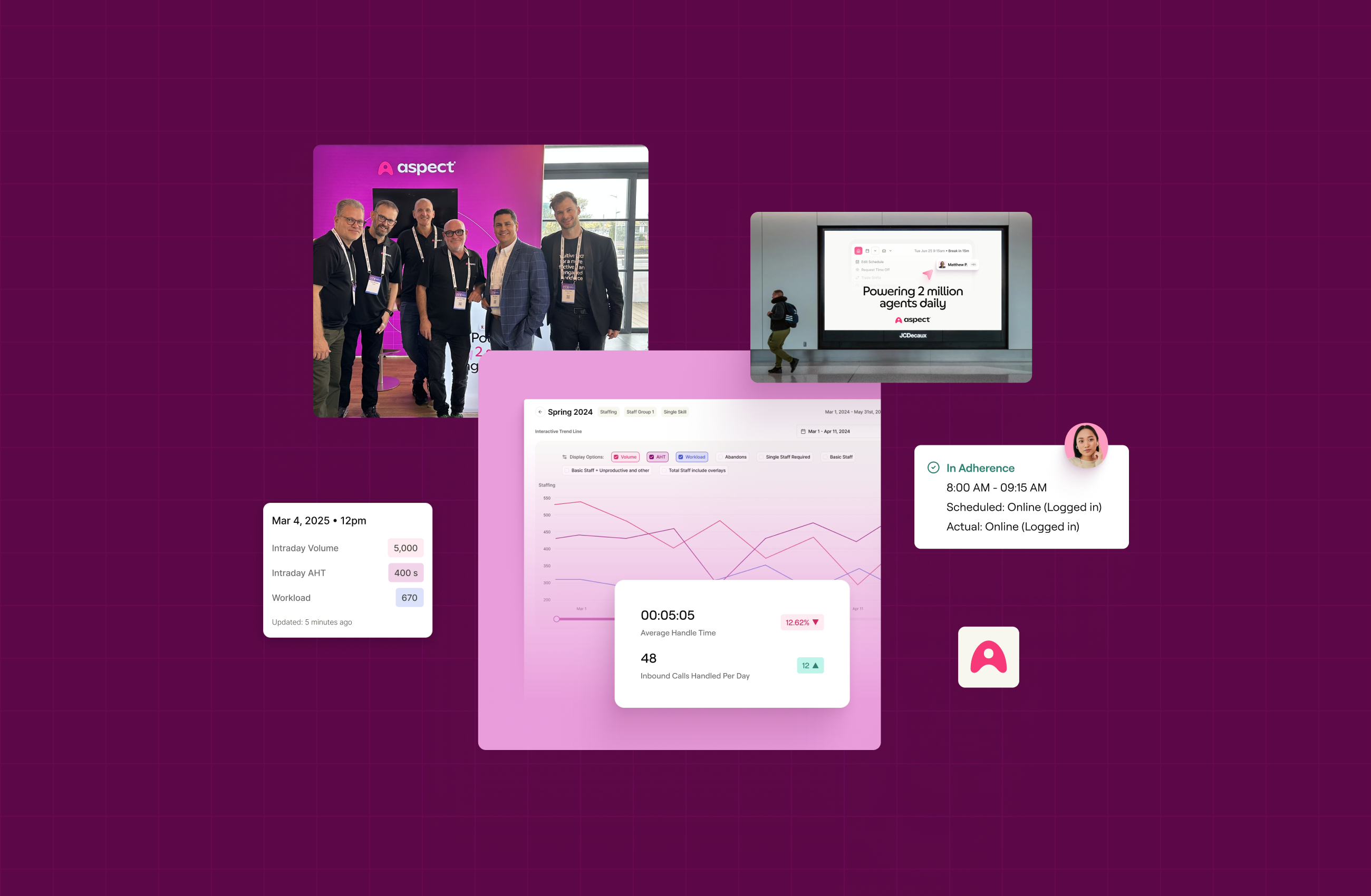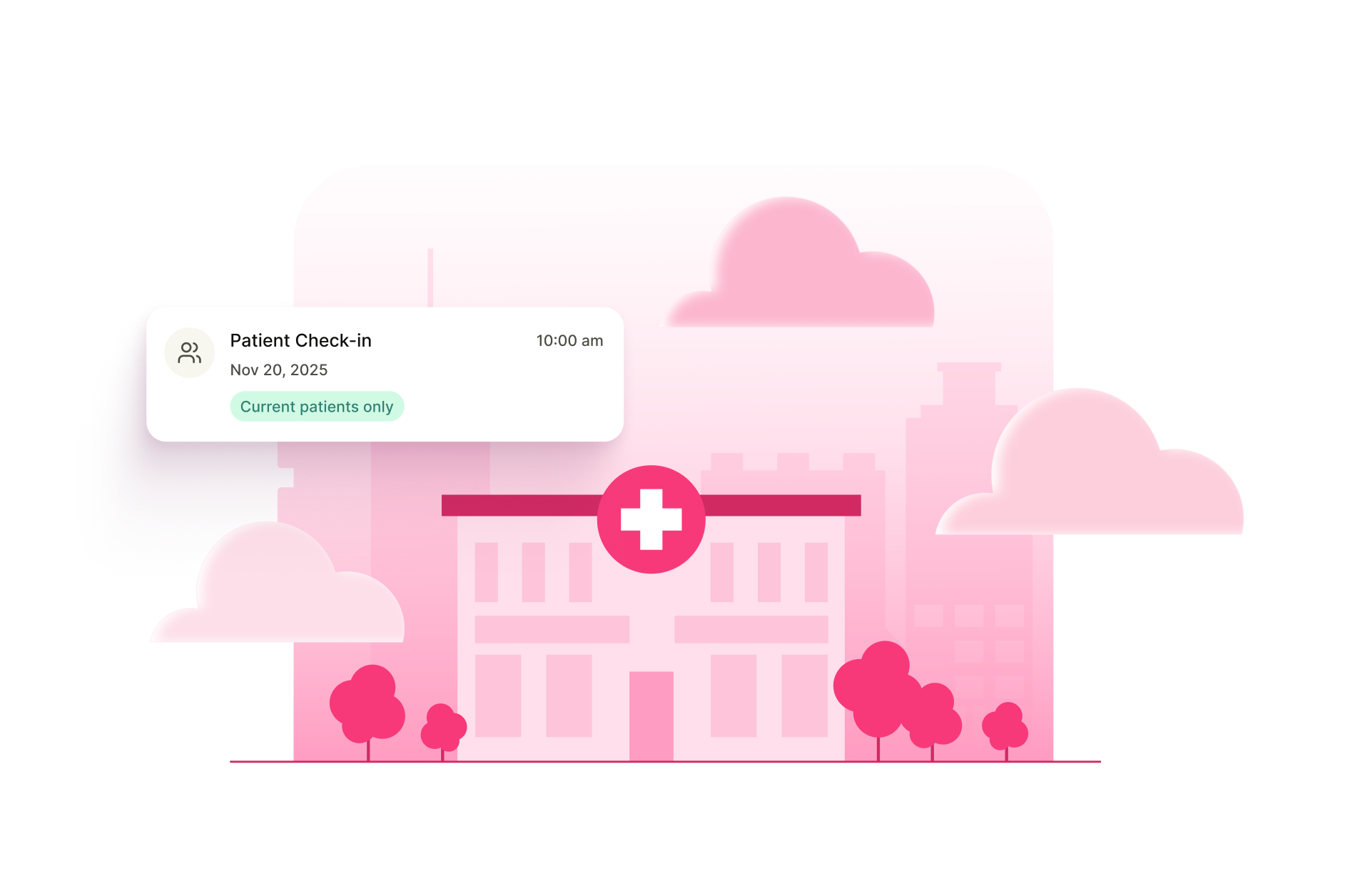Employee engagement is the level of connection people feel to their work and involvement they take in their workplace. Engagement levels are a common key performance indicator (KPI) of a successful workplace with productive employees. A workplace with a high number of disengaged employees will be prone to higher turnover rates and lower productivity.
Employee engagement vs. Employee satisfaction
Keep in mind, employee engagement and employee satisfaction are closely connected but not one in the same. Employee engagement is measured by improved business outcomes and reaching organizational goals. Employee satisfaction is focused on personal happiness in the workplace.
An employee may be reaching performance goals but can also be unhappy and overworked while doing so. Both satisfaction and engagement are important factors to consider when discussing the employee experience. A satisfied and engaged employee is more likely to be dedicated to their work and achieve goals that promote business growth.
Why is employee engagement important?
According to a 2022 Gallup State of the Global Workplace report, 62% of employees in the U.S. are not engaged in their work. This means that most people in the U.S. are uninspired by their work and aren’t as productive as they could be.
When employees are uninspired and uninterested in their workplace, they’re more likely to quit, which increases turnover and oftentimes leaves employers scrambling to cover shifts. An understaffed contact center will have longer hold times and unhappy customers, ultimately impacting company performance.
Employee engagement is important to cultivate a positive workplace for team members and beneficial outcomes for the business. Engaged workplaces have been proven to see lower absenteeism, lower turnover, and higher profitability.
How employee engagement impacts productivity
In total, disengaged employees account for $8.9 trillion in lost productivity worldwide. A Gallup meta-analysis included 183,000 businesses across 53 industries and 90 countries. This analysis found that businesses with higher engagement levels saw 18% more productivity in sales and 23% more profitability. When an employee feels more connected to their work and workplace, they’re more likely to invest time, energy, and effort into each customer interaction.
How employee engagement impacts retention and turnover
Gallup’s 2022 analysis also specified key differences between low-turnover organizations and high-turnover organizations. Here’s a hint: most contact centers are considered high-turnover organizations. High-turnover organizations with higher levels of employee engagement found an 18% decrease in turnover.
As of May 2024, 52% of people in the U.S. are interested in finding a new job. Around 41% of people left jobs in 2023 due to problems involving company engagement and culture. Engaging current employees to retain them is key to not only building a better company culture, but to reducing costs by hiring and training new employees. On average, it costs a company 40% of a frontline employees' salary to replace them. If your business has a difficult time retaining leaders and managers, this number can reach upwards of 200%.
Employee engagement impacts company performance
An engaged workforce will benefit your company’s overall performance. Customer service organizations depend on good customer relationships to drive success. Employees invested and engaged in their work see 10% higher customer ratings and an 18% boost in sales. A highly engaged workforce is also more likely to increase company profit, seeing a 23% enhancement in profitability compared to disengaged teams.
Engaged employees take more interest in their work, striving towards high performance goals and oftentimes becoming innovators on their respective teams. Strengthening engagement across teams promotes innovation in streamlining processes, improving service interactions, and developing new skills to address work challenges.
Employee engagement should be part of company culture
Employee engagement isn’t just a practice or strategy to improve business outcomes, it should be a true part of company culture. Building a company culture around employee engagement starts at the highest level of leadership.
Leaders should clearly communicate company mission and goals across the organization, ensuring employees understand why they’re doing work and how it’s important to organizational success. This helps teams feel more connected to the work they do and understand how they tie into the bigger picture.
A culture of open and consistent communication helps employees clearly know what's expected of them, while also promoting work relationships built on coaching, respect, and reciprocity. When employees feel respected, care about their work, and understand the company's goals, they’re more likely to be engaged and productive.
Fostering engagement starts with workplace leaders
A team will only be as engaged as the manager who leads them. Gallup’s meta-analysis of managers across the globe indicated that only 3 out of 10 managers are engaged in their work. The analysis also uncovered that 70% of the variance in team engagement solely depended on the manager in charge. Those engaged managers led teams with higher levels of engagement, which generally equates to improved productivity and quality of work.
Leadership must first focus on hiring, engaging, and retaining skilled managers. Improving a manger’s workday through streamlining and simplifying processes is one of the best ways to improve managerial engagement. Giving managers powerful workforce engagement management tools and resources will make their jobs easier, allowing for more time and energy to focus on employee coaching. WEM tools like Aspect Workforce™ provide automated solutions to minimize manual tasks on managerial plates.
Shifting management techniques to focus on employee engagement can make or break relationships between managers and their team. Successful manager-employee relationships can be fostered through coaching techniques that emphasize goal setting, clear ongoing feedback, accountability for performance, and recognition for a job well done. Effective employee engagement is a critical part of workforce engagement management, ensuring your team is happy, inspired, and productive.
What drives employee engagement?
Engagement can be improved through ongoing work practices and workforce engagement management tools developed to enhance workdays for both employees and managers.
The most important drivers of employee engagement include:
- Empathetic, understanding, and respectful leadership.
- Coaching through managers and learning opportunities to enhance skills.
- Clear goal setting and tracking with room for professional advancement.
- Understanding of purpose within the organization, including company mission and larger goals.
- Ongoing communication about expectations and responsibilities.
- Recognition and rewards for hard work, as well as constructive feedback when there’s space for improvement.
These engagement drivers should be present at every level of business, adding to company culture and creating a workplace that retains skilled, engaged team members.
How can employee engagement be measured?
Employee engagement levels can be measured through various methods. One of the simplest ways to measure engagement levels is through monitoring KPIs in WEM software.
Aspect WorkforceOS includes quality management features and performance management to efficiently track KPIs. Set measurable objectives and track performance in real-time to gain insights into your team’s level of engagement. Aspect tools integrate into other business systems to measure KPIs against various data sources, ensuring you have a thorough view of service levels, transactional sales, average handle time (AHT), and other determined metrics.
Employee engagement can also be measured through routine surveys. Aspect Workforce™ includes feedback and survey options to gather employee opinions. Sending the survey isn’t enough, companies must follow up on results and implement changes based on employee feedback. The quickest way to tank engagement is by developing a strategy to improve it but failing to follow through.
Examples of successful employee engagement with Aspect
Sekure Merchant Solutions needed to develop an engagement strategy to decrease employee attrition and move towards an employee-centric company culture. Their strategy included the comprehensive selection of tools with Workforce Enterprise, with particular success seen through implementing Aspect League ™.
Aspect League’s gamification solutions take a unique approach to engagement, turning performance into healthy competition between employees. After 3 months of implementing Aspect solutions, Sekure Merchant saw a significant increase in leads generated per employee and lead conversion. Not only were teams hitting service goals 40-60% more often, but employee attrition dropped by 62%.
RCN, a phone, TV, and internet provider, wanted to focus on enhancing the customer experience by boosting employee productivity. The company desired a solution with real-time metrics of employee KPIs to adjust business decisions as quickly as possible. RCN implemented Aspect Performance ™ and Aspect Quality ™ to get detailed, real-time metrics of customer interactions. With these data insights, RCN provided coaching solutions and made business adjustments that boosted contact center productivity and increased its net promoter score (NPS) by 41 points.
Why should your business care about employee engagement?
Engaged employees are the foundation of a successful workforce. Without dedicated and inspired team members, productivity will fall, and employee turnover will rise. Both factors that can cost a business money, its reputation, and customer satisfaction.
Creating an employee-centric workplace starts with leadership making choices to actively cultivate a culture dedicated to engagement and satisfaction. You can start by making small shifts towards understanding your baseline engagement levels. This can be done through a survey to gather employee feedback and develop improvements accordingly. Your team will thank you.
If you’re interested in learning more about how Aspect solutions can improve employee engagement, explore our case studies to get real world examples of the companies we’ve assisted.









